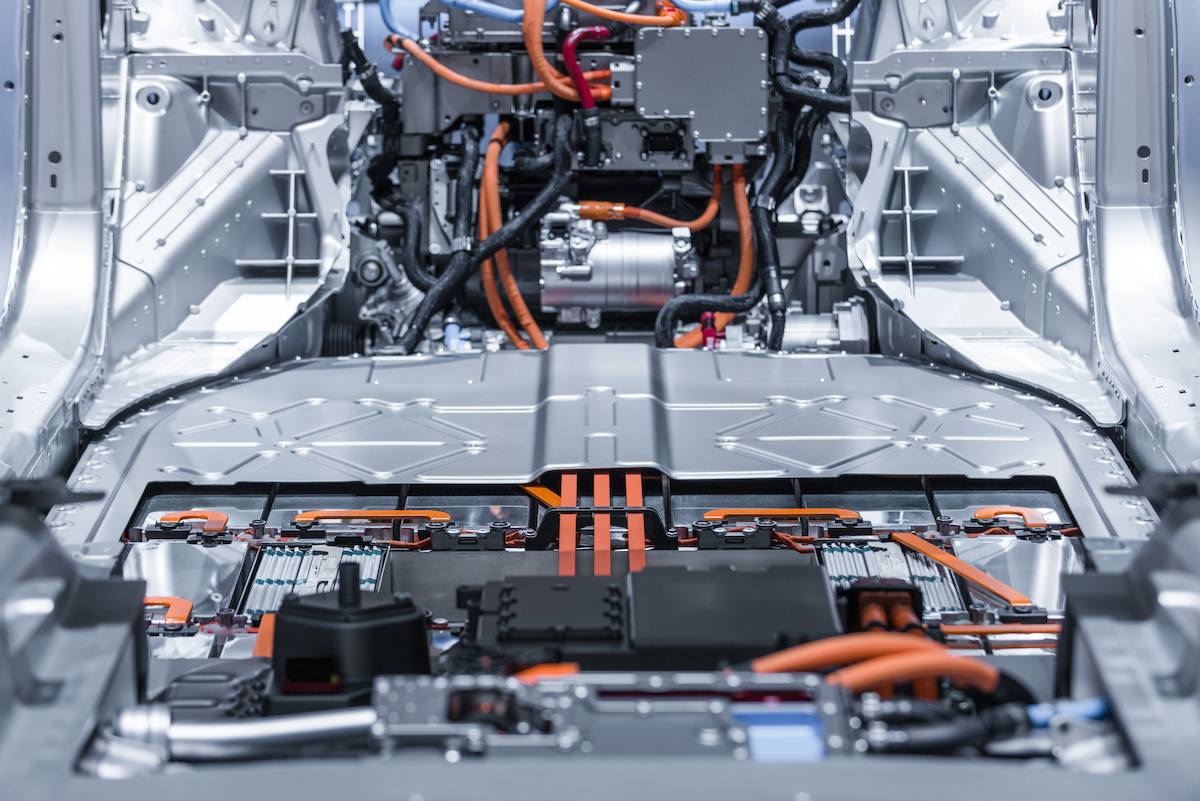Many power electronics today are being designed for use in high-temperature, high-voltage environments, such as inside electric vehicles (EVs). However, size, weight, and power (SWaP) are also key factors driving electronic product development. These conflicting design criteria are an issue for many electrical engineers because space is not available to simply add a cooling system, as this will add weight and increase the product’s overall footprint. Therefore, many of these electronic components are susceptible to “running hot” at the high temperatures and high voltages used in these tiny spaces.
Given the challenges for EV components, it’s critical for designers to select the right high-voltage, high-temperature capacitors to meet application requirements and industry certifications. We’ll review how reducing losses in a DC-to-DC (or DC/DC) converter, the converter (and overall vehicle) benefits from improved energy efficiency, a more streamlined design, and diminished heating from components; how capacitor characteristics impact temperature rise and reliability; and how low loss, ultra stable high-capacitance MLCCs can optimize power electronics.
Ultimately, the more efficiently power is converted, the further distance the EV can travel on one charge. Learn more about choosing the right capacitors to operate reliably and efficiently, even in the most demanding EV applications.

lasuna where to buy – buy generic himcolin online brand himcolin
besivance where to buy – purchase sildamax pills sildamax without prescription
neurontin 100mg drug – buy neurontin online buy azulfidine online
order probenecid 500mg online – order monograph 600mg sale buy generic tegretol 400mg
order celecoxib 100mg generic – urispas order buy indomethacin capsule
oral colospa 135 mg – mebeverine brand buy pletal 100mg generic
buy diclofenac 50mg for sale – aspirin 75 mg us buy aspirin pills
rumalaya price – rumalaya generic amitriptyline online order
pyridostigmine 60mg oral – order pyridostigmine 60mg without prescription imuran 25mg generic
diclofenac where to buy – cheap nimotop pill brand nimodipine
cyproheptadine 4 mg oral – zanaflex drug buy zanaflex generic
buy mobic online cheap – generic toradol 10mg brand toradol
omnicef 300 mg for sale – buy generic cleocin online
how to get trihexyphenidyl without a prescription – how to get trihexyphenidyl without a prescription purchase voltaren gel cheap
isotretinoin 10mg over the counter – buy isotretinoin 10mg sale cheap deltasone 5mg
deltasone 40mg generic – order deltasone 20mg online cheap permethrin for sale
acticin cost – order retin cream generic buy tretinoin online cheap
betamethasone cheap – betnovate 20 gm tablet monobenzone for sale
buy flagyl sale – buy flagyl 200mg online cenforce 50mg canada
buy augmentin 625mg online – buy synthroid 100mcg online synthroid for sale
buy cheap hyzaar – cozaar 50mg pill cephalexin 250mg generic
buy cleocin for sale – oral cleocin 150mg buy indomethacin 50mg
buy crotamiton cream – bactroban ointment cheap order generic aczone
order modafinil generic – purchase modafinil for sale buy meloset generic
buy bupropion pills for sale – xenical online purchase shuddha guggulu for sale
buy xeloda pills – naprosyn 500mg drug order danazol 100 mg pills
buy generic yasmin – buy generic ginette 35 for sale order anastrozole 1mg generic
гѓ—гѓ¬гѓ‰гѓ‹гѓі еЂ¤ж®µ – гѓ—гѓ¬гѓ‰гѓ‹гѓі гЃ©гЃ“гЃ§иІ·гЃ€г‚‹ г‚ўг‚ёг‚№гѓгѓћг‚¤г‚·гѓіг‚ёг‚§гѓЌгѓЄгѓѓг‚Ї йЂљиІ©
гѓ—гѓ¬гѓ‰гѓ‹гѓігЃ®иіје…Ґ – гѓ‰г‚シサイクリン通販で買えますか г‚ўг‚гѓҐгѓ†г‚¤гѓійЊ 20 mg еј·гЃ•